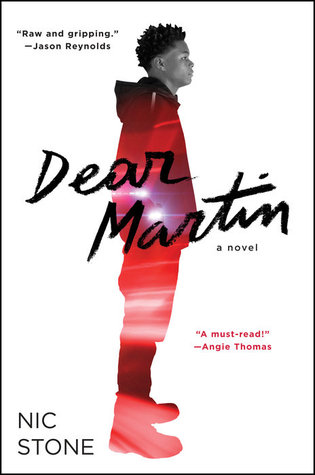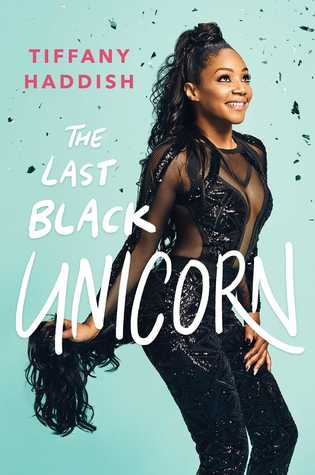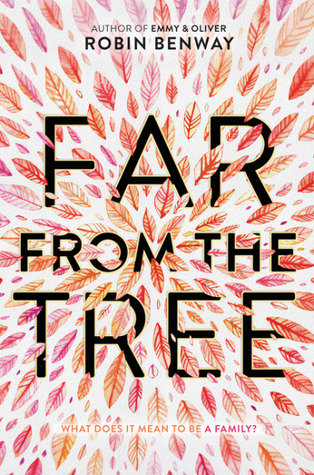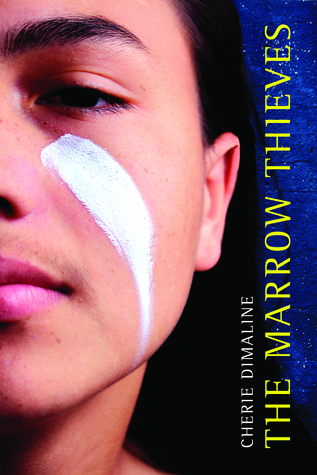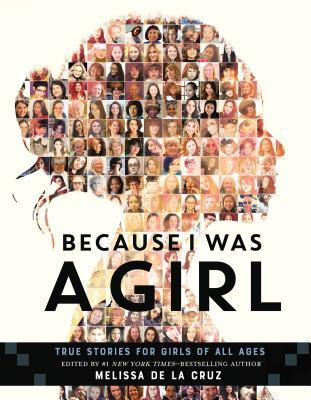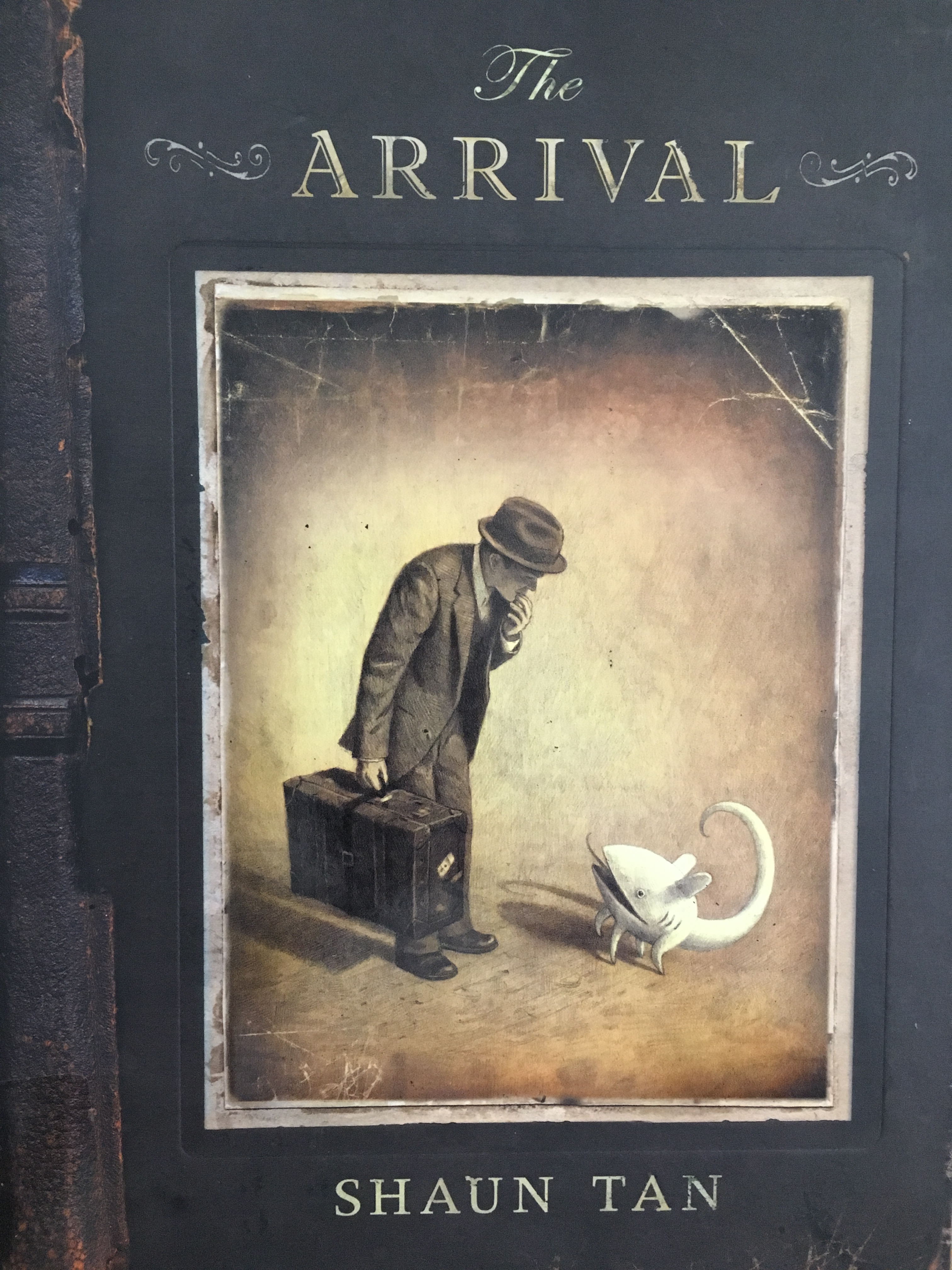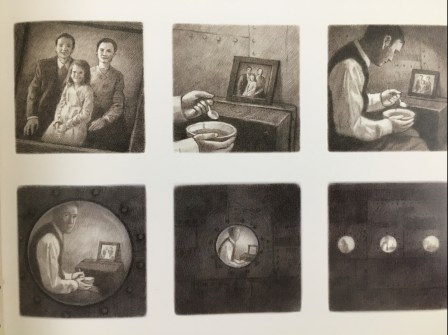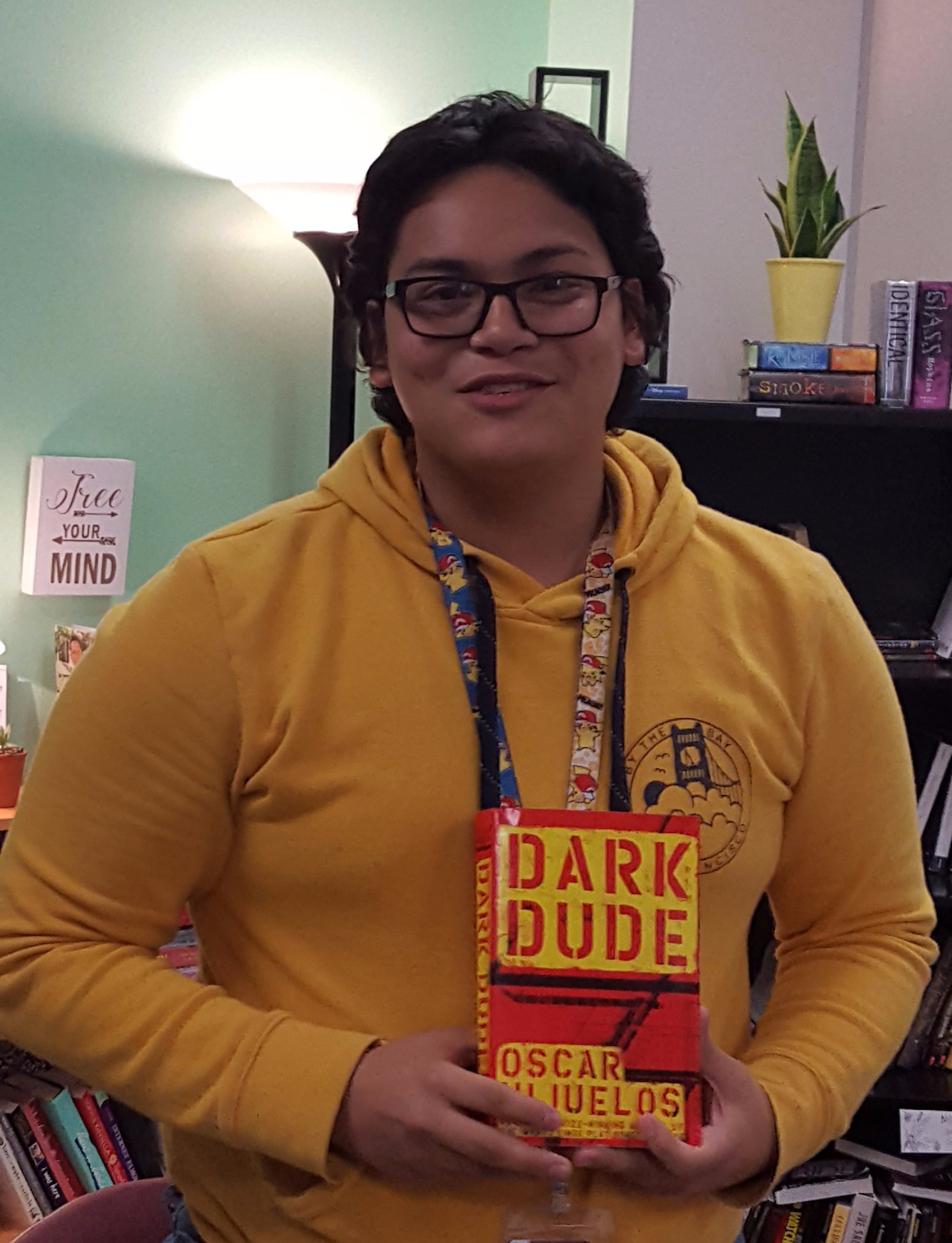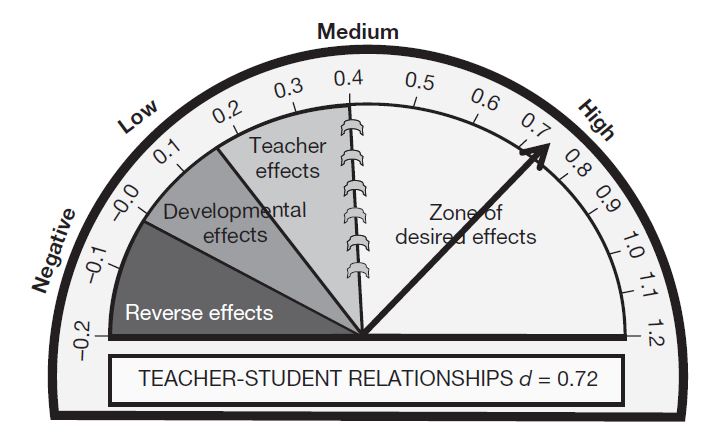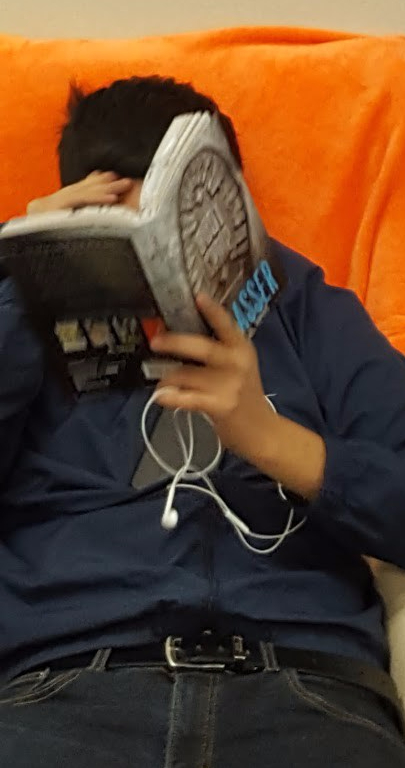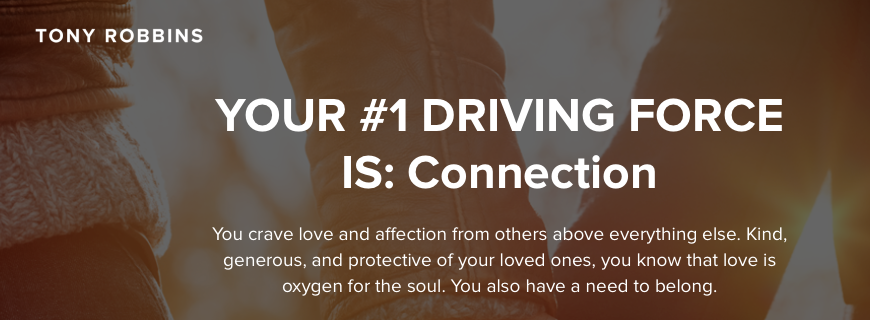Sometimes it takes a lot of patience. That was my first thought when I read Sarah’s post last month The Hits Will Come. She shares how baseball and writing have a lot in common–both require a lot of practice. And sometimes the “hits” come quickly for student writers. Sometimes they don’t. Sometimes we have to help students want to even try to write a hit.
My thoughts turned to a student I taught last year. I’ll call him Dan. The very first day of class as I made the rounds, trying to speak to each students individually for just a moment, Dan said to me, “Miss, I know you just said we were gonna write a lot in this class, but I gotta tell you, I can’t write. I mean, really, not even a decent sentence.”
Of course, I appreciated the honesty, and that Dan thought enough about how I started the class to tell me straight up how he felt, but inside I was thinking, “Dude, you are a senior about to graduate high school in a couple of months, what do you mean you can’t write a sentence?” Of course, I didn’t say that. Instead I asked him why he thought he couldn’t write. His answer still makes me angry.
“My teacher last year told me,” he said. “I failed every essay. I just couldn’t seem to write what she wanted me to write.”
So many thoughts.
Over the course of the first several days of class, I made sure to find the time to talk with Dan. I learned that he had plans to go into the military as soon as he graduated. I learned that the only book he’d read all the way through in his 11 years of school was American Sniper by Chris Kyle.
And during the next few weeks, I learned that Dan could write–when he chose what he wanted to write about, and when his peers and I gave him feedback that made him feel like he was a writer. This took a lot of time and patience.
First, Dan had to want to write. He had to know that I wasn’t going to judge whatever he put on the page. He had to trust that I was sincere in 1) wanting to know what he thought, 2) helping him string sentences together so they said what he wanted them to say.
Reading helped. Since Dan liked Chris Kyle’s book, I helped him find other books written by those who had served in the Armed Forces. Lone Survivor by Marcus Luttrell and No Easy Day by Mark Owen were ones my own soldier son had read. Then, I found the list “Best Modern Military Accounts” on Goodreads.com and the article The 13 Best Books the Military Wants Its Leaders to Read. Dan didn’t read any of these books (not for my lack of trying to get him to choose a book), but during independent reading time, he did read about them–and this was enough to give me talking points to help him understand why growing in his confidence as a writer might be in his best interest– and topics for him to write about that semester.
Relationships helped. Since Dan had been so forthright with me about his experience with writing, I asked if he’d share his thoughts about writing with the peers who shared his table. He was all too eager! I’m pretty sure he thought his peers would share his writing woes. But like a miracle from heaven, Dan happened to have chosen to sit with two confident and capable writers. These students did not know one another before my class, but they grew to trust each other as we followed the daily routines of self-selected independent reading, talking about our reading, writing about our reading (or something else personal or thematically related to the lesson), and sharing our writing with our table groups.
Prior to independent notebook writing time, sometimes I’d say, “Today as you share your writing in your groups, let’s listen for just one phrase or sentence that you think holds a punch. Talk about why you like what they wrote.” This instruction gave students a heads up. Oh, I need to be sure to write at least one pretty good sentence.
One pretty good sentence was a good starting place for Dan. This micro writing gave Dan his first “hits.” And once he started to gain some confidence, he started to write more. Once Dan started to write more, he started asking for help to make his writing better. I think that is what it means to be a writer–wanting to improve your writing.
I think sometimes we get rushed. We expect more than some students are able to give. When I first started teaching, I assigned writing instead of teaching writers. Thank God I learned a better way. I would have missed out on a lot of joy in my teaching career.
I don’t know that Dan will ever have to write in his career in the military. It doesn’t matter. What matters is that he can write, and he knows he can. Even if it’s just a pretty good sentence and another and another.
Amy Rasmussen lives in a small but about to burst small town in North Texas with her husband of 35 years, her poison dart frogs Napoleon and Lafayette, her Shelties Des and Mac, and her extensive and time-consuming rare tropical plant collection. She believes educators should Do Nothing all summer. (Affiliate link, so you buy, 3TT gets a little something.) You can find Amy on Twitter @amyrass, although she rarely tweets anymore, or on IG @amyleigh_arts1, where she posts about grandkids and grand plants.
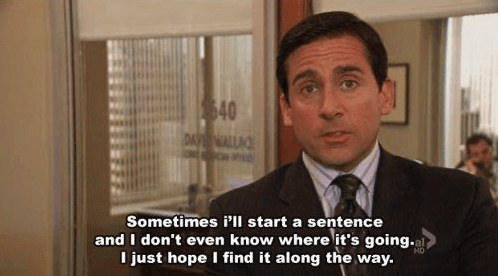

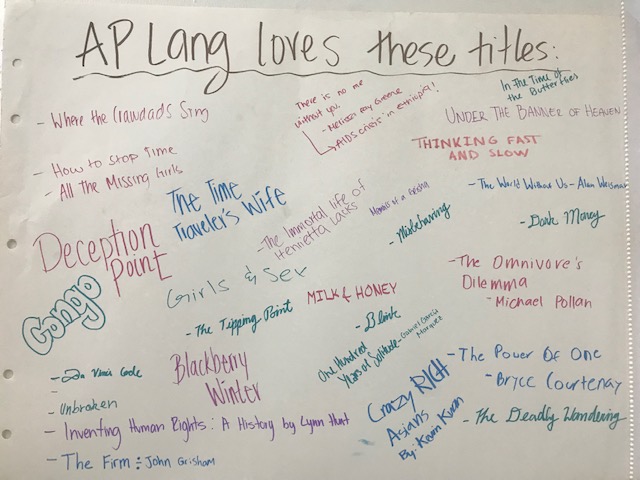





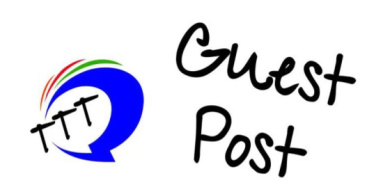


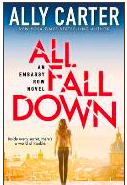
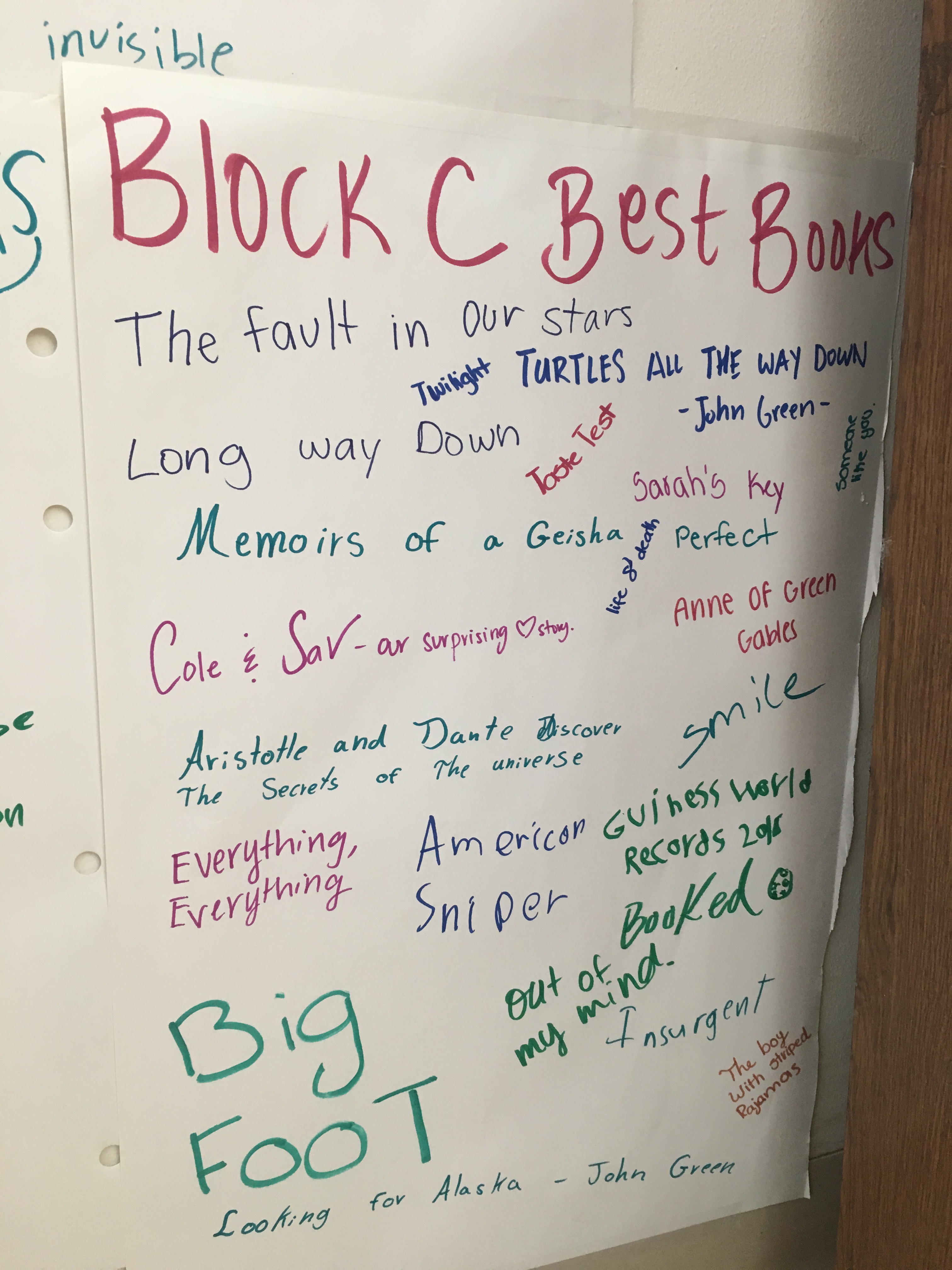


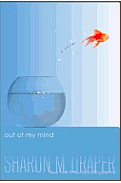
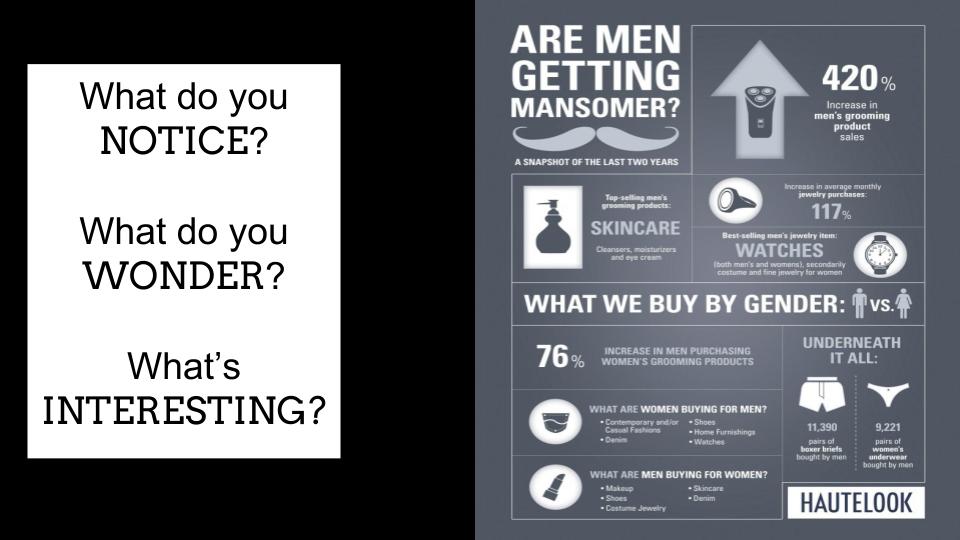
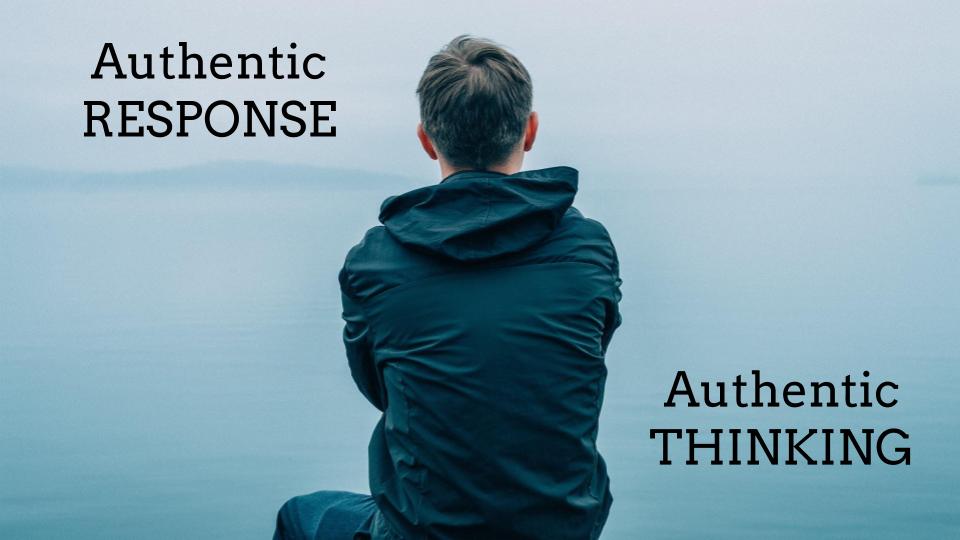
 Which also means students need access to high-interest engaging books they want to read. Lots of access. And teachers need to read these books, not just so they can help match readers with books — but to use them to teach literacy skills.
Which also means students need access to high-interest engaging books they want to read. Lots of access. And teachers need to read these books, not just so they can help match readers with books — but to use them to teach literacy skills.




